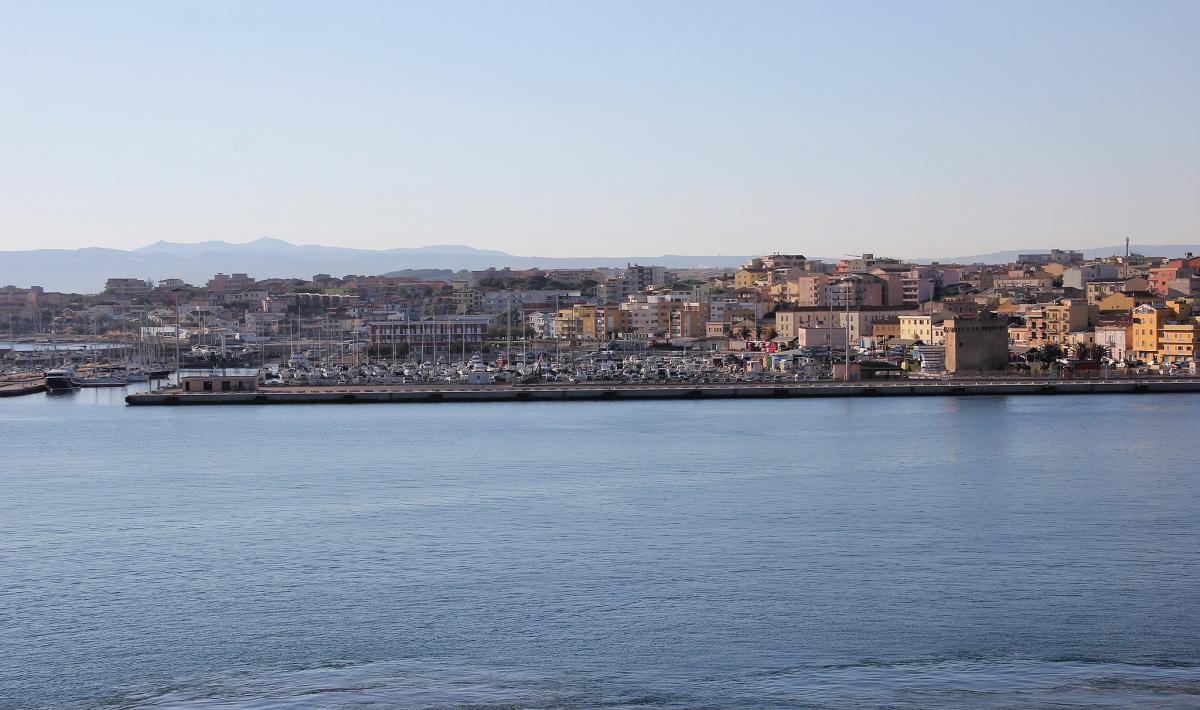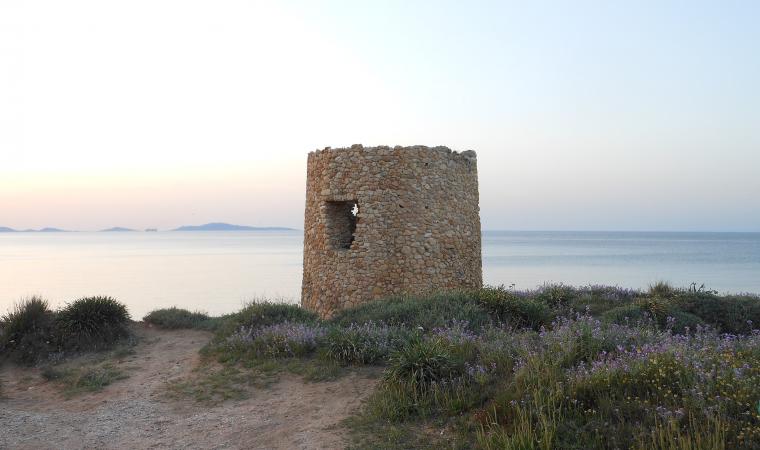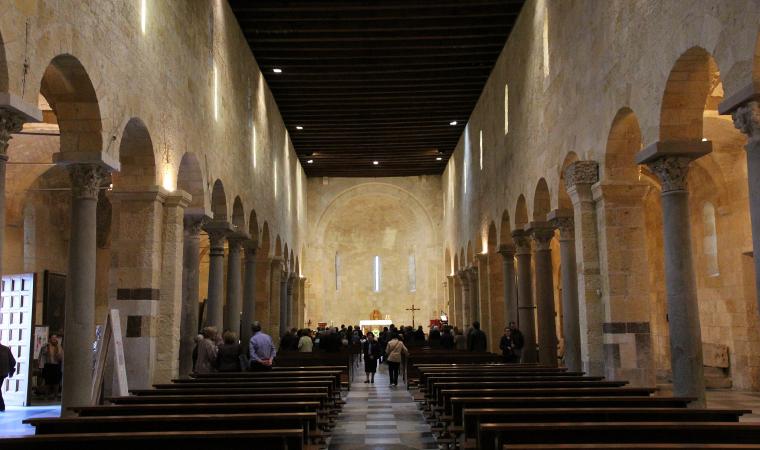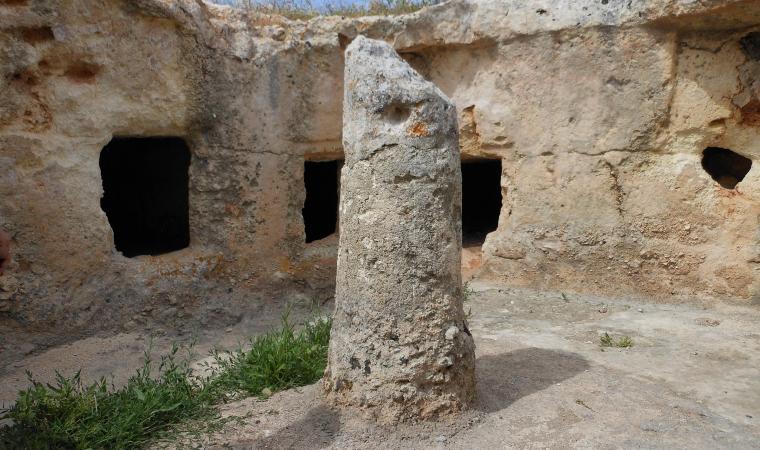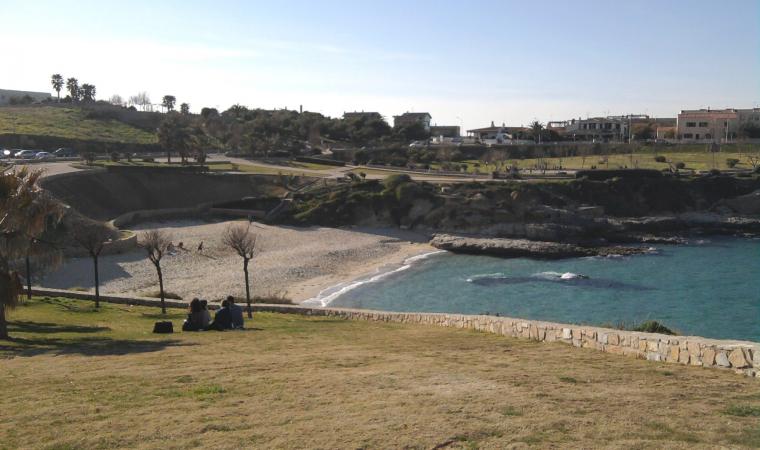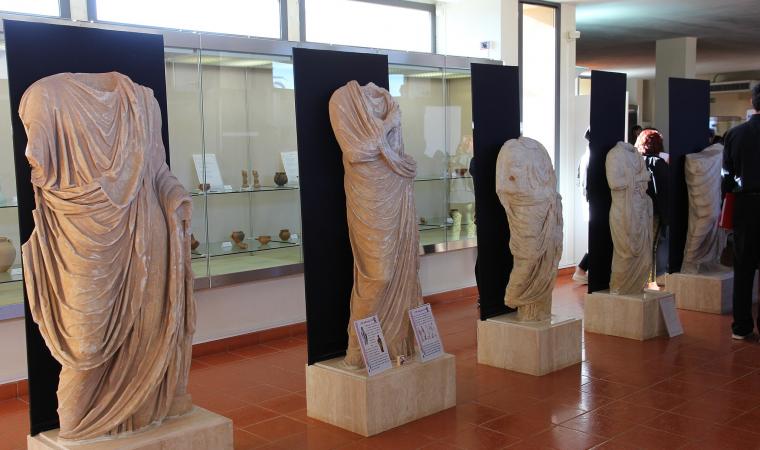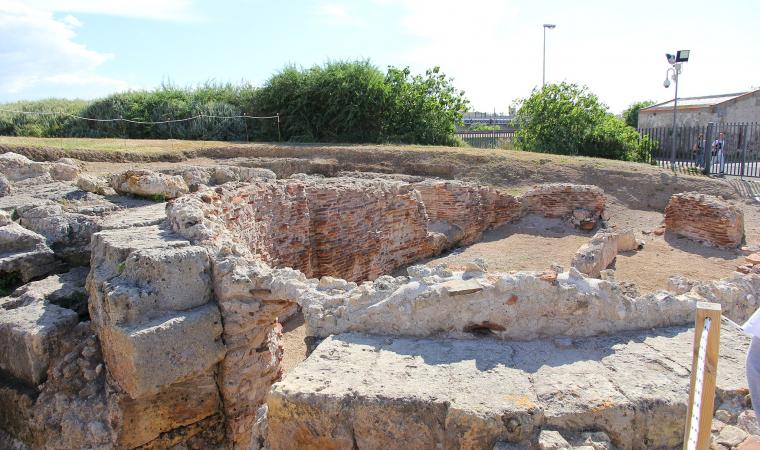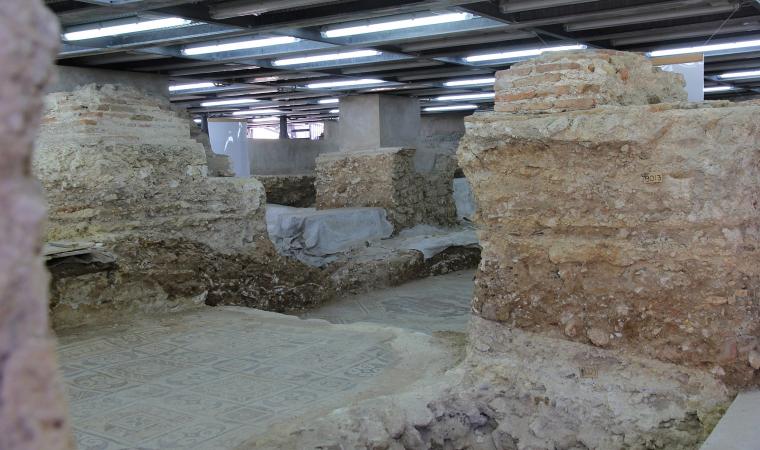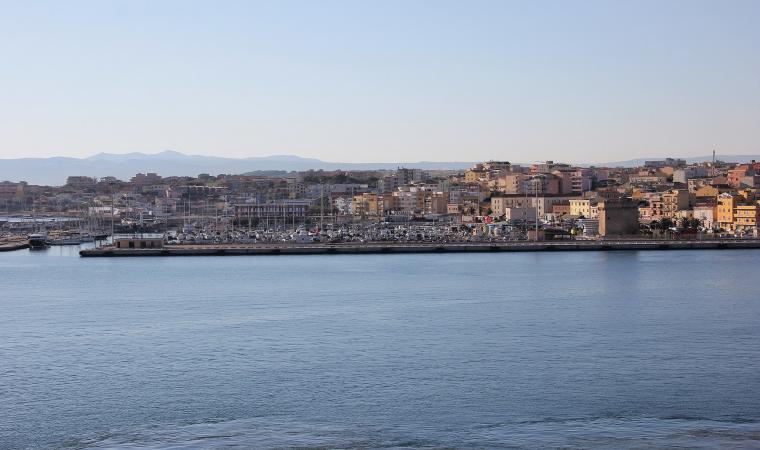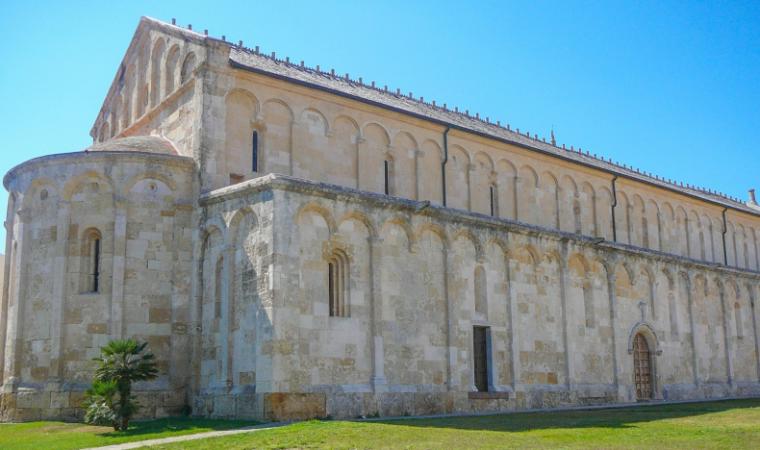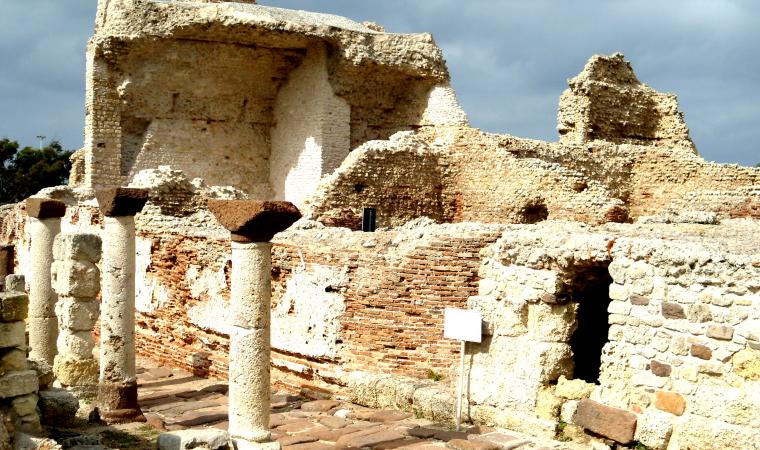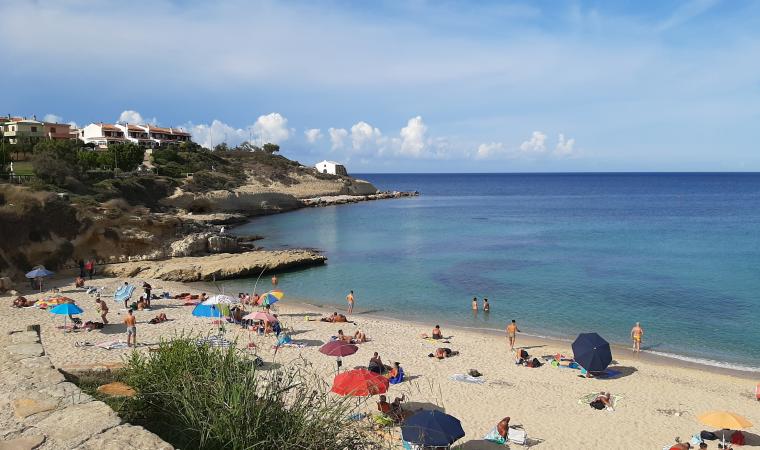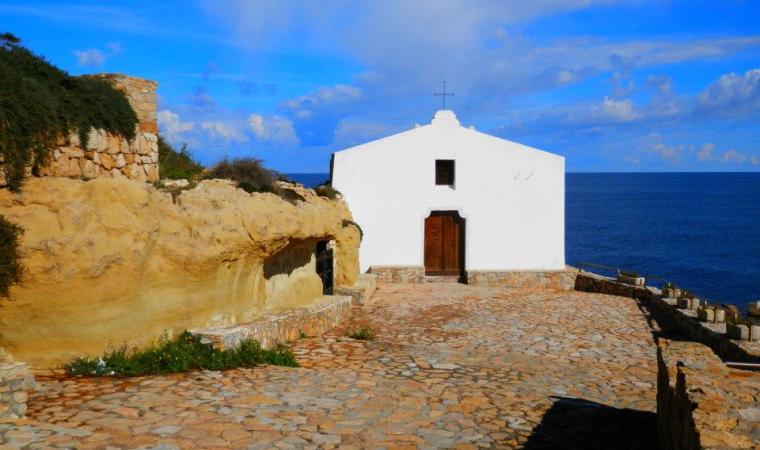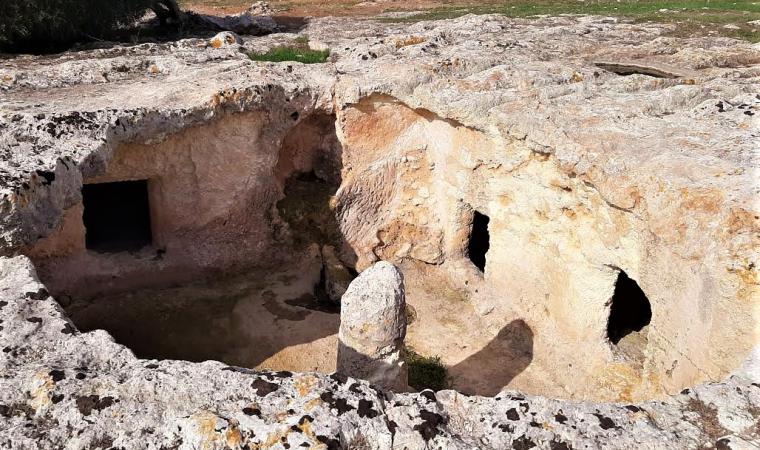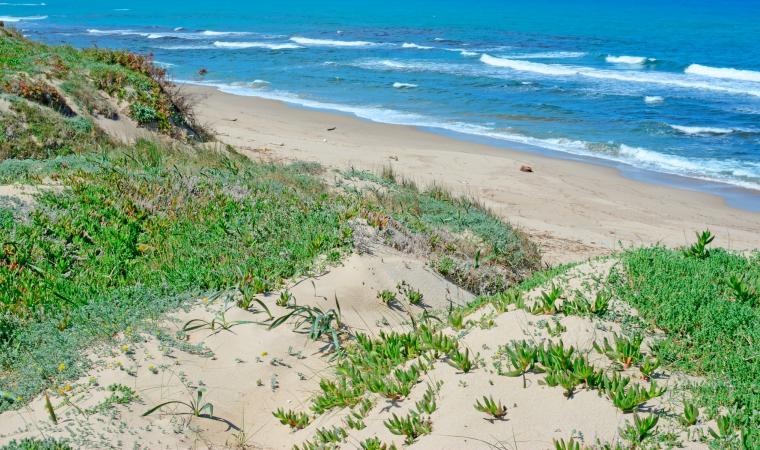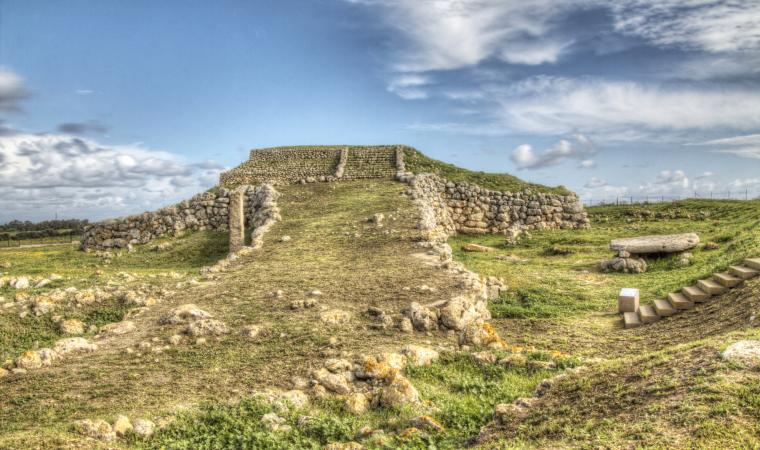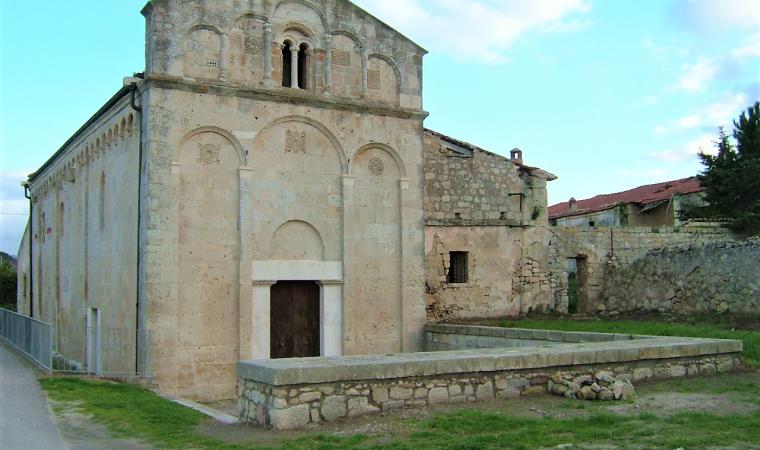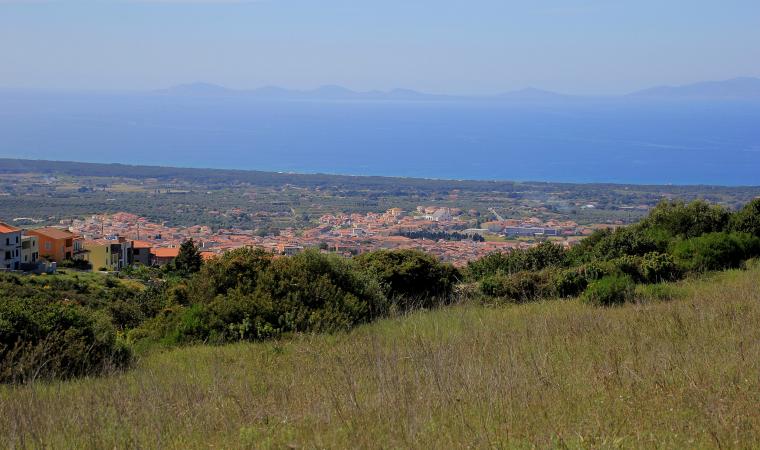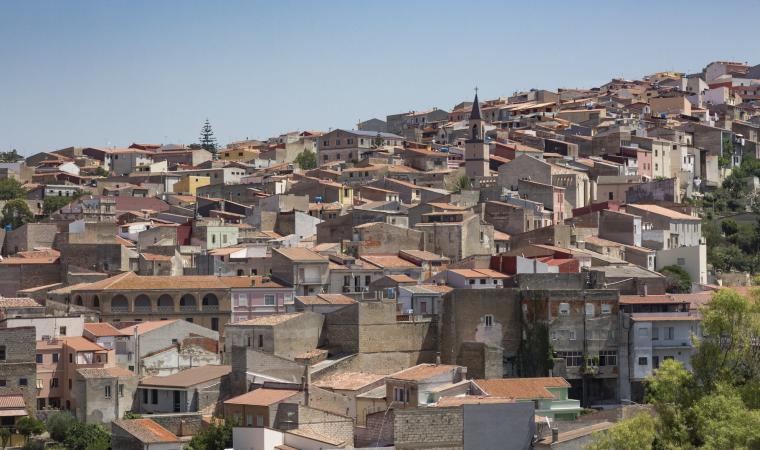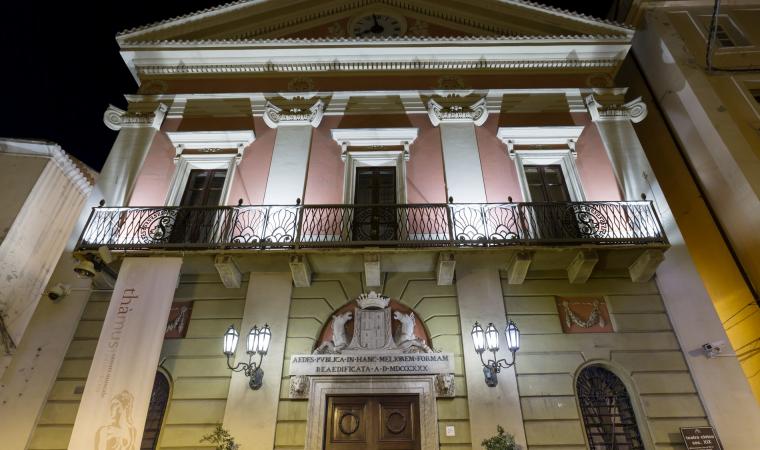Porto Torres overlooks the sea at the centre of the Gulf of Asinara, on a promontory sloping towards the Nurra plain. A city with 22,000 inhabitants, Porto Torres is the result of two millennia of history, as told by archaeological treasures and monuments, embellished by the wild nature of Parco dell’Asinara. In the 3rd century AD, it was second only to Karalis in terms of inhabitants and magnificence. Since the mid-20th century, petrochemical industries joined agriculture and fishing, marking recent events in the city. In the international port stands the imposing Torre Aragonese (1325), a defensive structure and lighthouse, today used as an exhibition site. The Torre di Abbacurrente (1578) harks the beginning of the Turritano stretch of Platamona. Near the city, vertiginous cliffs plunge into the blue sea peppered with pretty sandy coves, such as the Balai beach.
The glorious past of Porto Torres can be discovered through the archaeological park of Turris Lybisonis, a Roman colony named Iulia being its ancestor, having been founded by Caesar or Octavian. The main Sardinian port of call, silver and iron were once transported from the mines to the mother country. The grandeur of the Domus di Orpheus (1st-3rd century AD) is surprising, the magnificent Domus Patrizia dei Mosaici, the Pallottine and Maetzke hot springs. Houses, shops and paved streets are partly incorporated into the Antiquarium Turritano, a museum housing finds from decades of excavations. The mouth of the river Mannu, where the city arose, is still ‘crossed’ to this day by the Roman bridge dating back to the imperial age, an engineering feat that remains almost intact, comprised of seven 135-metre long arches, utilised until the mid-20th century. To be admired around Turris is the Tanca Borgona, an imperial and early Christian necropolis with 32 sepulchres, some with frescoes and mosaics, 50 tombs (sarcophagi and graves) with the Arcosolium ‘del Nautico’, and the Via Libio funerary complex, discovered in the year 2000, with Arcosolium sepulchres carved out in limestone and others being inhumation. One even represents a chariot race with a charioteer and horses. Su Crucifissu Mannu is the most significant prehistoric necropolis, with 22 tombs spanning a period from 3200 to 1600 BC, of which three are distinguished by complexity and symbolic decorations. The most archaic remnants are those of Asinara: the Domus de Janas di Campu Perdu (4th millennium BC). There are numerous Nuragic structures, including the Nieddu, in red trachyte. In the Middle Ages, Turris was an episcopal see for around a millennium (484-1441). The cathedral was the Basilica di San Gavino, the largest and oldest Romanesque church on the island, built between 1030 and 1080 and wrapped in a shroud of mystery regarding legendary events. The architectural details render it unique, by combining external grandeur with the discreet charm of the interior. In the 17th-century crypt are the relics of the Saints Gavino, Proto and Gianuario, found in 1614 during excavations beneath the central nave. The relics are now preserved in the 17th-century crypt constructed under the Basilica. According to legend, the Chiesetta di Balai Lontano was the site of the martyrdom of the three saints (303 AD), whilst the sanctuary of Balai Vicino their first burial site. During Pentecost, the Festha Manna is celebrated in its honour, a most heartfelt event in which many locals take part. Associated to this occasion are numerous cultural events, including Sagra del Pesce (fish festival) and the lateen Regatta del Pescatore. La Bordeggiata at the end of June is also dedicated to the traditional activity of sailing, as is a section of the Museo del Porto, together with artefacts from the 20th century. The Museo Andrea Parodi, in the Palazzo del Marchese, a prestigious building from the early-19th century, retraces the life and career of the Porto Torres musician. Along the same lines, the international polyphonic music festival, Voci d’Europa, is staged here each September.

